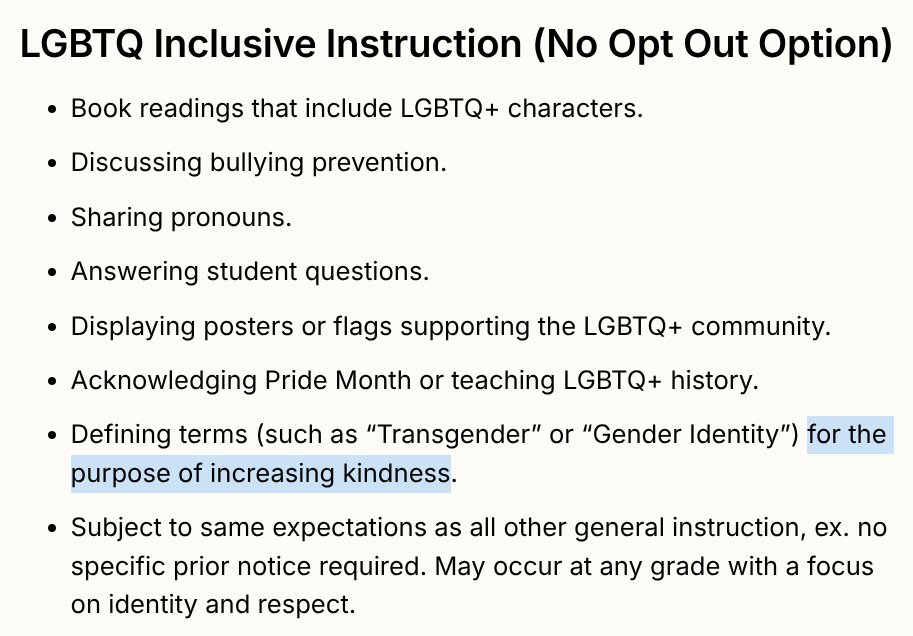Boy wore a shirt to school that said "there are only two genders." School censored him. He sued (free speech). Ended up at federal 1st Circuit.
Lawyer for school: This message that there is just two genders is vile, and it says to someone who is nonbinary, You do not exist.
/1
Lawyer for school: This message that there is just two genders is vile, and it says to someone who is nonbinary, You do not exist.
/1
/2
Judge David Barron asked the school's lawyer, What if the shirt said "male is not a gender"?
School lawyer: The administrators would have to think, well, is that attacking a core identity? Probably not. Male is not a gender.
Judge David Barron asked the school's lawyer, What if the shirt said "male is not a gender"?
School lawyer: The administrators would have to think, well, is that attacking a core identity? Probably not. Male is not a gender.
/3
Boy's lawyer argued the school was not inclusive to him when it called his views hateful. Judge Barron again:
"No one was saying HIS gender didn't exist!"
Boy's lawyer argued the school was not inclusive to him when it called his views hateful. Judge Barron again:
"No one was saying HIS gender didn't exist!"
4/
The First Circuit ruled for the censorious school. The boy is seeking Supreme Court review.
The case is LM v. Town of Middleborough.
"Male is not a gender" comes up around 35:00-:10, yes I replayed the tape on that one.
storage.courtlistener.com/mp3/2024/02/08…
The First Circuit ruled for the censorious school. The boy is seeking Supreme Court review.
The case is LM v. Town of Middleborough.
"Male is not a gender" comes up around 35:00-:10, yes I replayed the tape on that one.
storage.courtlistener.com/mp3/2024/02/08…
5/
I'm working on a post about LM and other 1st Circuit trans decisions. These New England judges are blazing a trail of inclusivity through the 1st amendment.
I'm working on a post about LM and other 1st Circuit trans decisions. These New England judges are blazing a trail of inclusivity through the 1st amendment.
• • •
Missing some Tweet in this thread? You can try to
force a refresh














